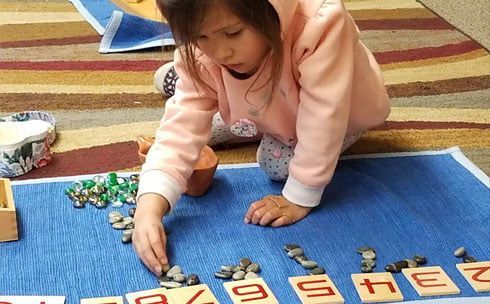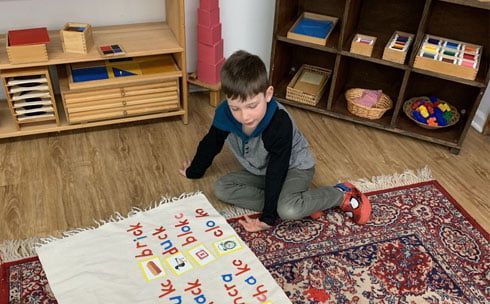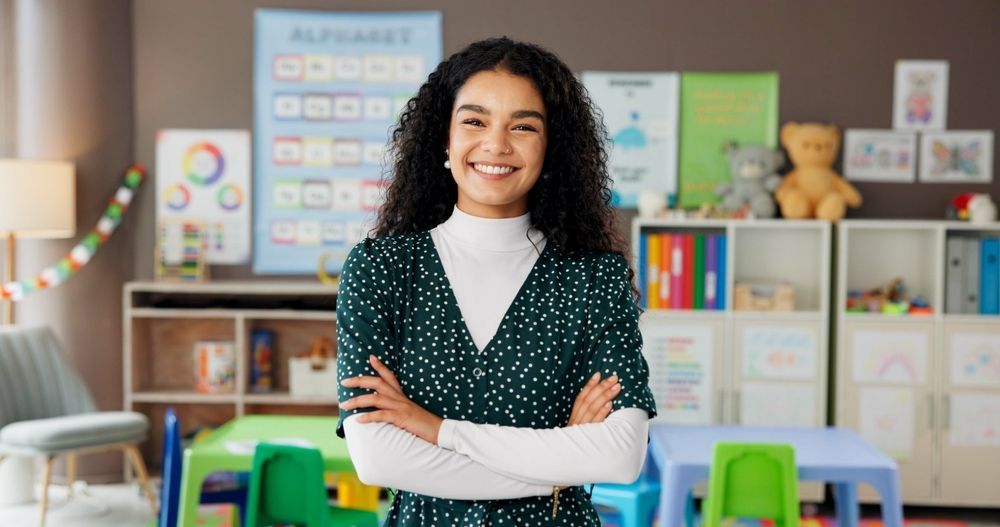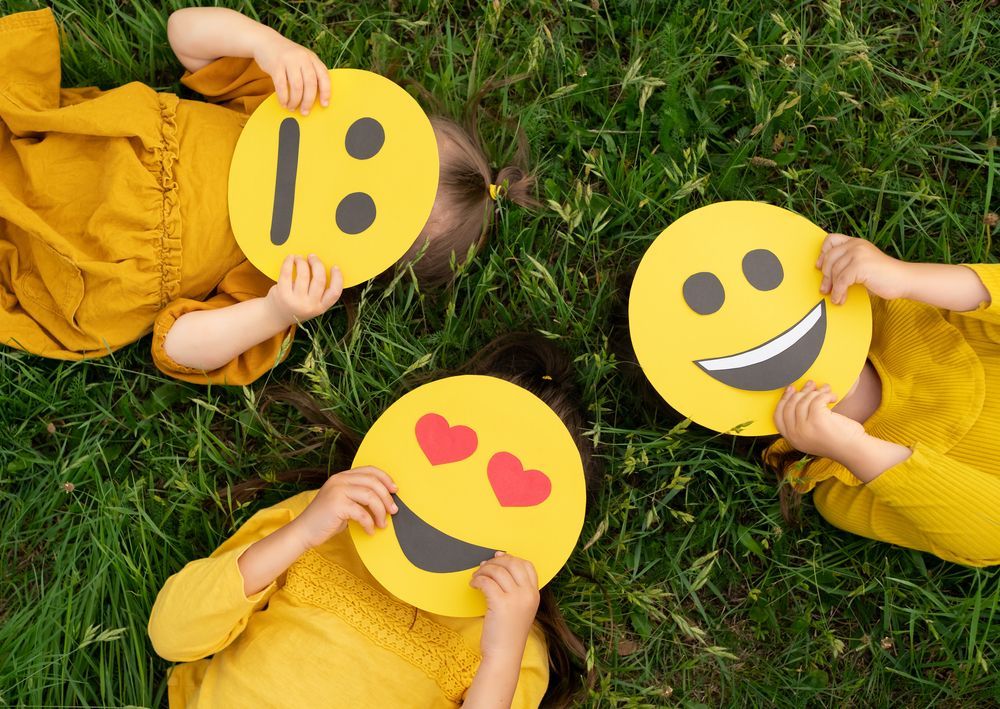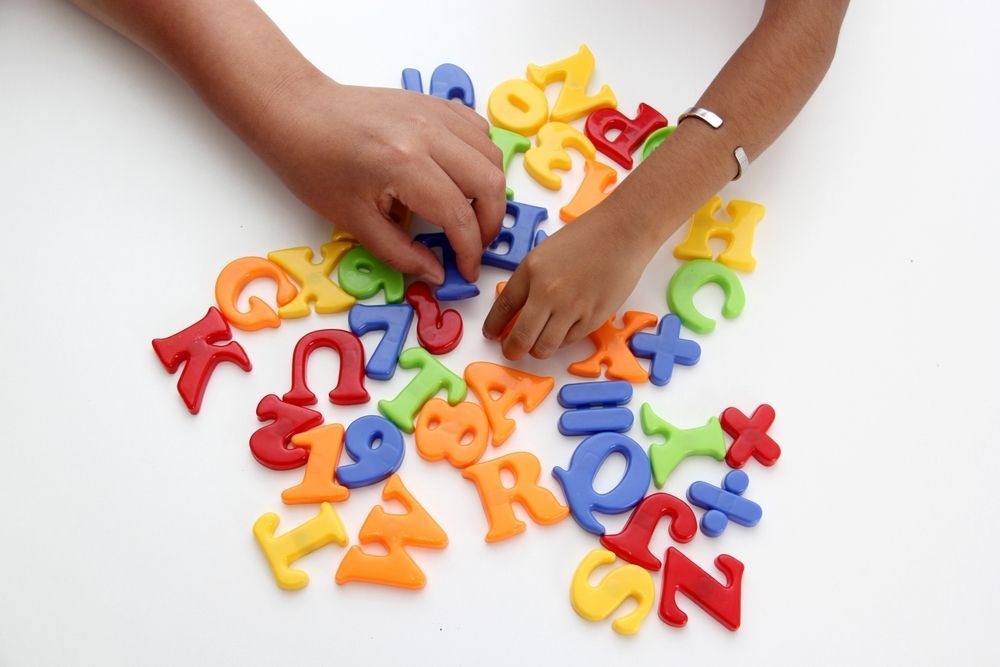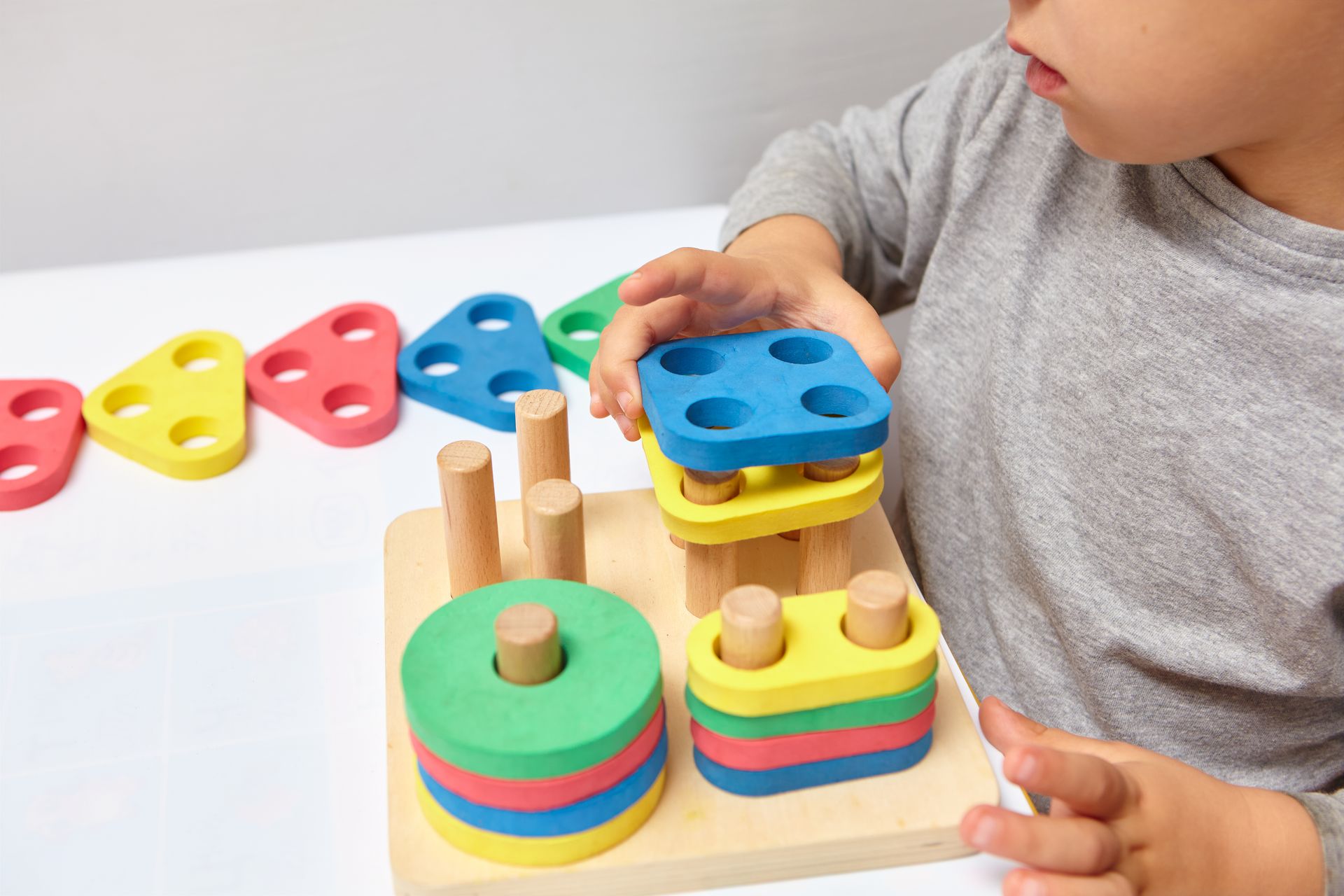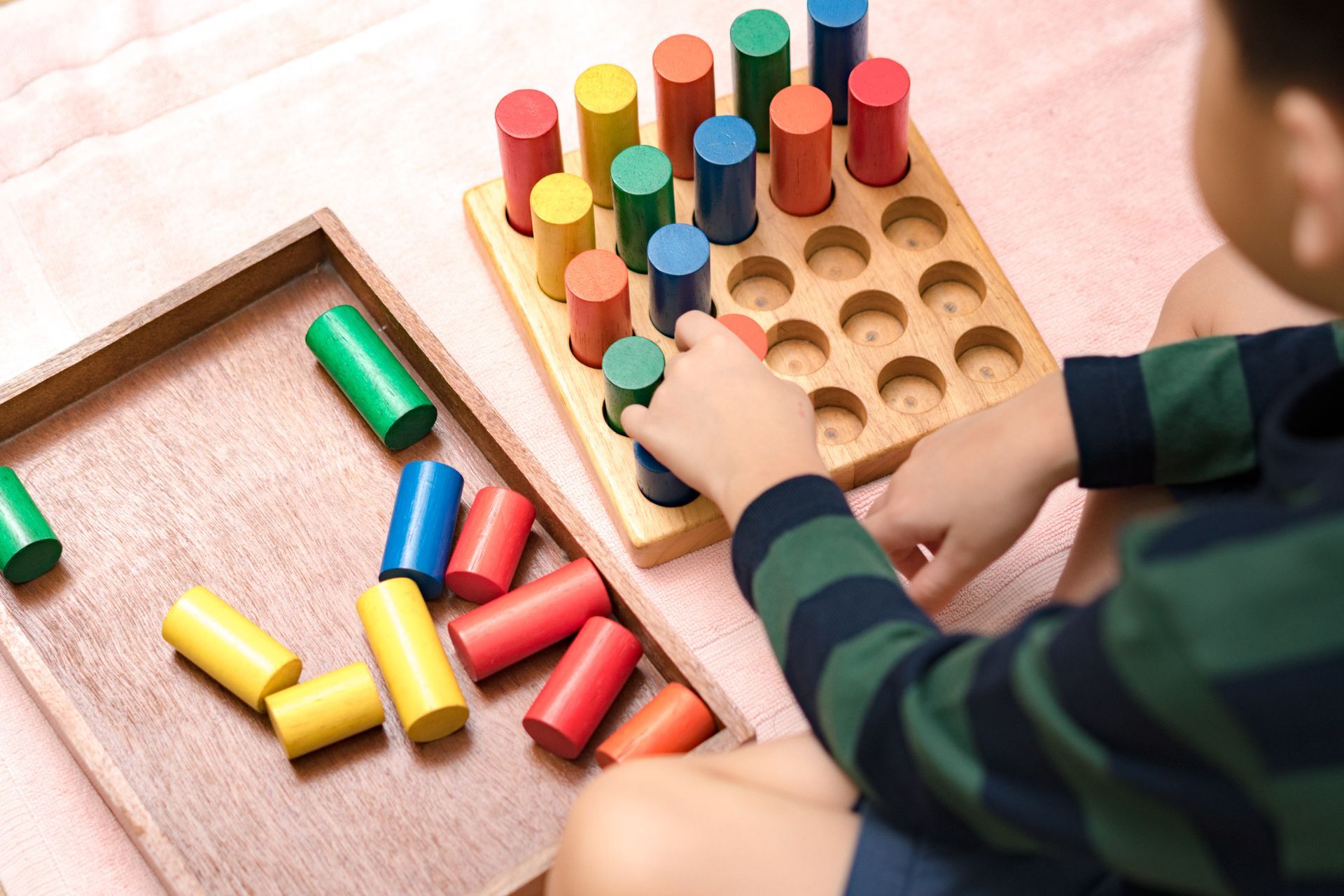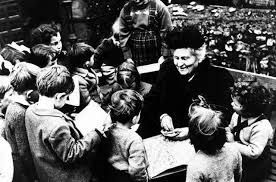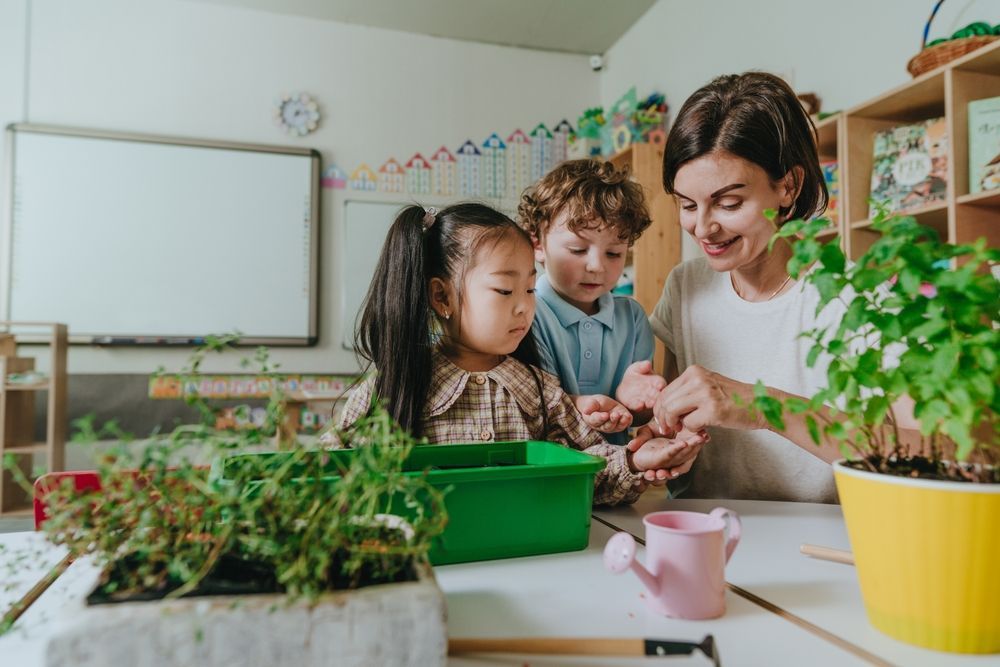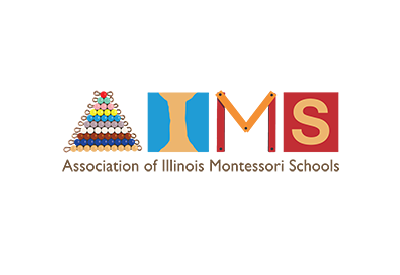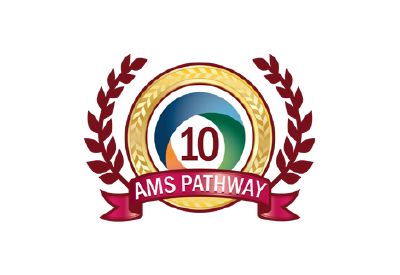The Power of Multi-Age Classrooms in Montessori Schools
Share this Article:
When families consider Montessori education, one of the first things they notice is the way classrooms are structured. Instead of dividing children strictly by age, Montessori classrooms are designed with a three-year age span. This allows younger children to learn from older peers and gives older children the chance to lead and reinforce their knowledge.
At
Mansio Montessori of Geneva, this structure is at the heart of how children grow.
Multi-age classrooms create a natural environment for learning, independence, and social development. They support every child at their own pace while building a strong sense of community and purpose.
What Is a Multi-Age Classroom in Montessori Education?
In a Montessori classroom, children are grouped in three-year age ranges. For example,
toddlers
might range from 15 months to 3 years, and
primary classrooms
typically include children ages 3 to 6. This structure mirrors real-life social settings, where people of different ages interact, collaborate, and learn from one another.
Unlike traditional classrooms, where children are expected to move through material at the same pace, Montessori multi-age classrooms are designed for flexibility. Each child works at their own level with the guidance of a trained Montessori teacher who observes, supports, and introduces new lessons based on individual readiness. This environment nurtures a natural flow of learning, curiosity, and confidence.
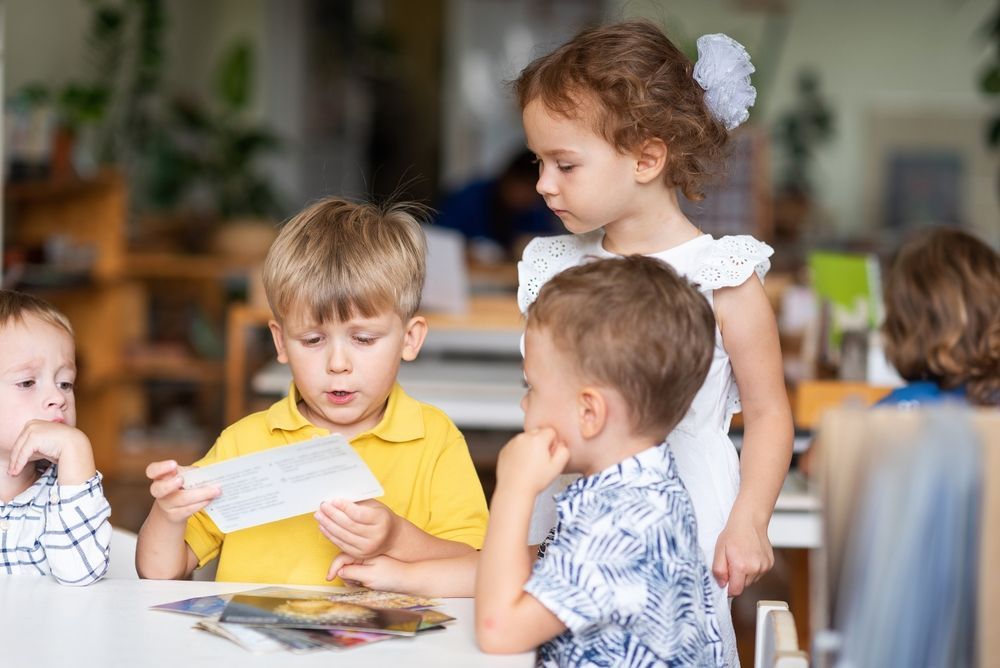
The mix of ages creates a small community where each child has a role. Younger students look up to older peers, while older children gain confidence and leadership experience by helping and modeling for the younger ones. This mutual respect and shared responsibility are key parts of the Montessori experience.
How Montessori Age Groups Support Whole-Child Development
The Montessori approach is designed to nurture every part of a child's development: intellectual, social, emotional, and physical. Grouping children by developmental stage rather than exact age creates an environment that supports steady, individualized growth. In a multi-age classroom, children build strong relationships, gain confidence, and learn at a pace that matches their unique needs.
Peer-to-Peer Learning and Social Growth
One of the most powerful aspects of the Montessori multi-age classroom is the opportunity for peer-to-peer learning. Younger children naturally observe and learn from their older classmates, often absorbing new skills simply by watching others work. This exposure encourages curiosity, imitation, and motivation to try new activities.
At the same time, older children reinforce their knowledge by guiding and helping younger peers. This not only deepens their understanding but also nurtures empathy, patience, and responsibility. These everyday interactions build strong social skills and a sense of belonging, helping children feel confident and connected within their classroom community.
Diverse Skills and Learning Styles
Every child learns in a unique way, and a multi-age Montessori classroom is designed to honor those differences. With a wide range of ages and abilities in one space, children are exposed to a variety of approaches to problem-solving, communication, and exploration. This diversity encourages flexibility in thinking and an appreciation for different perspectives.
Teachers carefully observe each student and introduce materials when they are developmentally ready. Some children may advance quickly in language, while others may show an early strength in math or practical life skills. The classroom is equipped to support this range, offering hands-on learning experiences that meet children where they are and help them grow in all areas.
Self-Paced, Individualized Learning
In a Montessori multi-age classroom, children are given the time and space to follow their own learning path. Rather than being rushed to keep up or held back to wait for others, each child progresses at a pace that suits their abilities and interests. This approach builds confidence, independence, and a genuine love for learning.
The classroom is thoughtfully prepared with materials that match a wide range of skill levels. Children choose their work based on readiness and interest, while the teacher offers guidance and introduces new lessons as needed. This level of personalization allows students to engage deeply with the material and take ownership of their education.
Leadership and Mentorship
In a Montessori classroom, older children step into natural leadership roles. Whether they’re showing a younger classmate how to use a material or modeling patience during group work, these experiences strengthen their confidence and sense of responsibility.
Younger students benefit by observing and engaging with peers who are further along in their development. They pick up new skills, routines, and language through everyday interaction. This exchange fosters a respectful, cooperative environment where everyone has something to contribute.
Real-Life Social and Academic Preparation
The Montessori multi-age classroom reflects how people interact in the real world. Children regularly engage with others who are at different stages of learning, which encourages cooperation, communication, and adaptability. They become comfortable working with a variety of peers and learn how to navigate group dynamics with confidence.
Academically, students are guided to think independently, follow their interests, and take responsibility for their work. These experiences lay a strong foundation for future success by building habits like concentration, persistence, and curiosity. Montessori children leave the classroom ready not just for the next academic step, but for the challenges and relationships of everyday life.
Is a Montessori Multi-Age Classroom Right for Your Child?
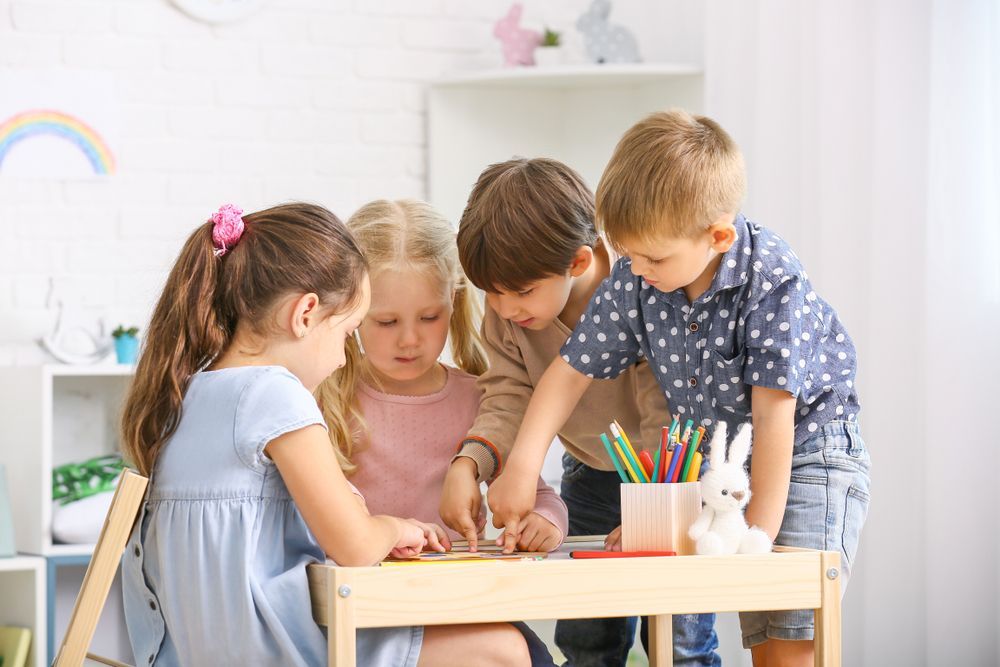
If your child thrives in a setting that values curiosity, independence, and meaningful relationships, a Montessori multi-age classroom may be an excellent fit. This environment offers the flexibility to grow at one’s own pace while being part of a close-knit community that learns together.
Children who benefit from hands-on exploration, gentle guidance, and opportunities to both lead and learn often flourish in this setting. The mix of ages encourages adaptability and empathy, while the individualized approach ensures each child’s needs are met. It’s not a one-size-fits-all model, but rather a thoughtful structure designed to bring out each child's full potential.
See Multi-Age Learning in Action at Mansio Montessori
The best way to understand the benefits of a Montessori multi-age classroom is to see it for yourself. At Mansio Montessori of Geneva, we welcome families to visit and experience how our unique classroom environments nurture growth, independence, and a lifelong love of learning.
Schedule a tour today
and discover how your child can thrive in a community designed to meet their developmental needs. Come see why so many families choose Mansio Montessori for a strong, child-centered start.


